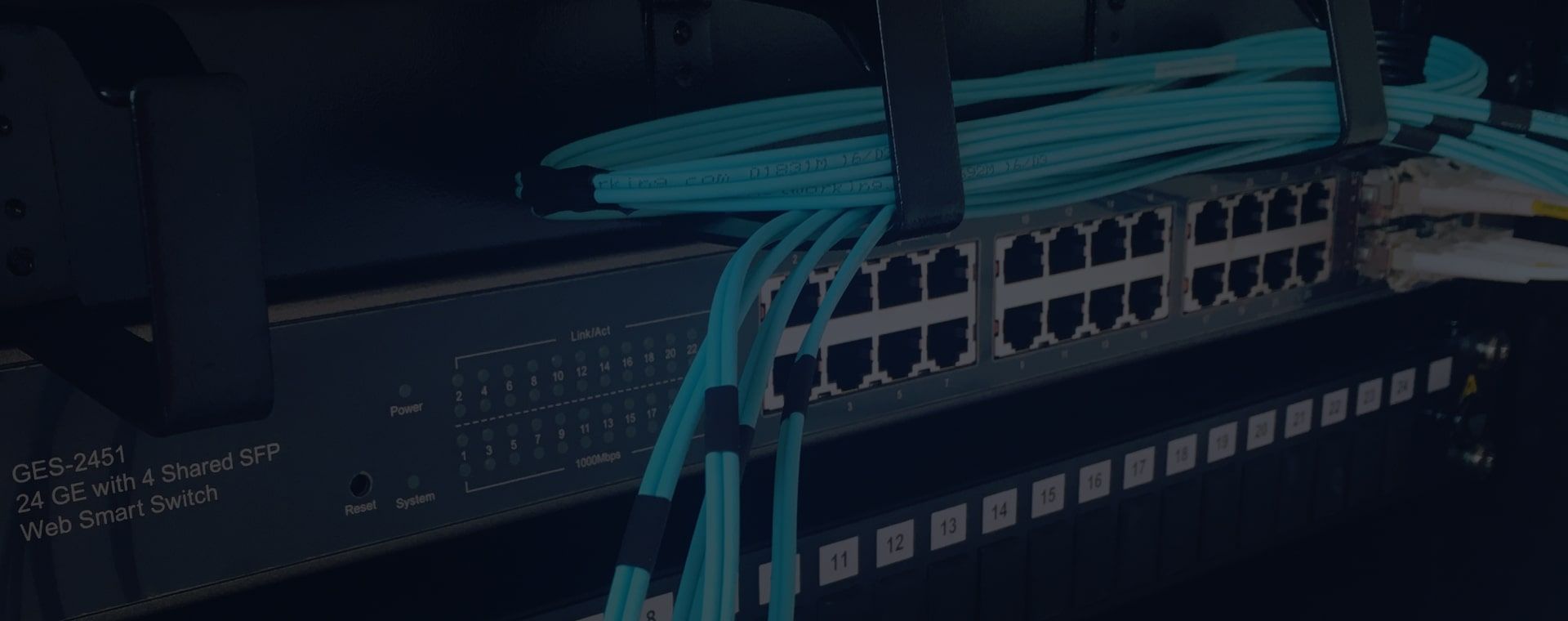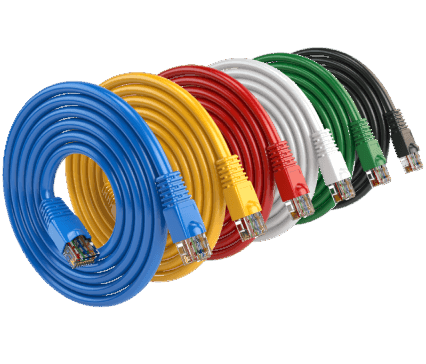

Structured Cabling for Fire and Security and Data Systems
Introduction
Structured cabling forms the backbone of a robust, reliable, and efficient fire and security and data system. As a significant element of the telecommunications infrastructure, structured cabling offers a comprehensive approach to cabling that simplifies and streamlines the entire system. It facilitates rapid and reliable communication, superior performance, and flexibility to accommodate changes and additions.
Why Choose Structured Cabling?
Structured cabling is an organized, standardized approach to integrating your data, voice, video, and management systems into a single infrastructure. This not only simplifies the management of your system but also enhances its performance and flexibility. As your fire and security needs change or data requirements expand, your structured cabling system can adapt seamlessly.
Components of Structured Cabling
A structured cabling system consists of several key components, including:
1. Entrance facilities: This is the point at which the telephone company network ends and connects with the on-premises wiring at your business location.
2. Backbone cabling: These are the interconnections between entrance facilities, equipment rooms, and telecommunications rooms.
3. Horizontal cabling: This wiring connects the telecommunications rooms to individual outlets or work areas on the floor.
4. Telecommunications rooms or enclosures: These are the connecting points for the backbone and horizontal cabling.
Benefits for Fire and Security Systems
The application of structured cabling to fire and security systems enhances the systems' efficiency, reliability, and effectiveness in the following ways:
1. Simplified Management: Without a structured cabling system, your fire and security system can be difficult to manage when changes or problems arise. Structured cabling eliminates the need for multiple wiring systems and reduces the complexities of maintaining the system.
2. Reduced Downtime: With a disorganized cabling system, errors are harder to find and rectify. Structured cabling often includes proper documentation and labelling, making it easier to identify and correct issues, thus reducing downtime.
3. Future-Proofing Your Business: A well-planned structured cabling system allows for significant expansion and upgrades, ensuring your system can support future fire, security, and data needs.
Benefits for Data Systems
For data systems, structured cabling provides:
1. High-speed and Reliable Connectivity: Structured cabling supports high- speed data transmissions, ensuring reliable and efficient performance for your data systems.
2. Flexibility: Structured cabling can carry data in various formats. As your business grows or changes, your data network can handle the new demands without extensive re-cabling.
3. Cost-Efficient: By consolidating your IT network into a single infrastructure, you can reduce the costs of maintaining separate networks and the associated hardware.
Conclusion
Structured cabling is a powerful solution that brings many advantages for fire and security and data systems. Investing in a well-designed and implemented structured cabling system is a strategic move towards efficiency, flexibility, and scalability. Whether you're upgrading existing infrastructure or initiating a new installation, we're here to guide you through every step, ensuring a system that meets your needs now and into the future.

Got a question about Structured Cabling?
Contact us today and get a significant discount (up to 25% off). We’ll call you back within 30 minutes!
What our clients say
Some thoughts about our services

